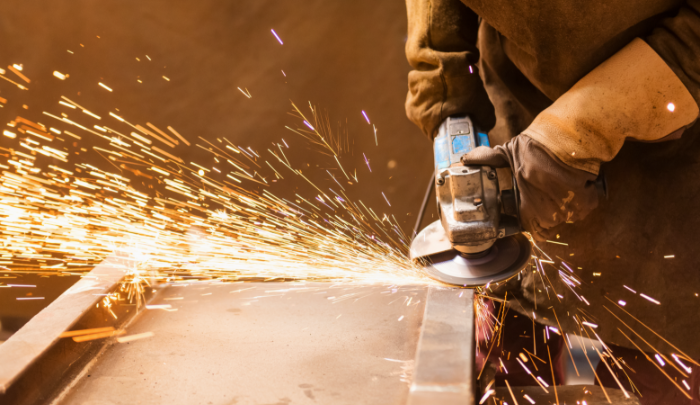Understanding Grinding Wheel Hardness
The amount of abrasive bond in the grinding wheel determines its grade or hardness. Hardness is dependent on the grit type, the material being ground, the amount of stock removed, and a number of other factors. Hardness is rated from A-Z, with “A” being the weakest bond and “Z” being the strongest. Harder or stronger bonds in grinding wheels, in essence, means that the abrasive grains are very strong, can stay in place, and can withstand grinding forces that make them come loose. Softer or weaker bonds means the grains let go with considerably less force and surface friction which make them perfect for larger areas and preferred for grinding harder materials. A harder bond is best for softer materials.
A typical weak bond for steel would be in the 'F, G or H' range.
A medium hardness would be in the ‘J, K or N' range.
A stronger bond would be in the 'Q, R, or T' range.

Advantages of Increasing Hardness of Grinding Wheels Grades
You need the best abrasives for your application, and it’s important to us that you understand the advantages you have available in selecting the product that best fits your project criteria. The hardness grades of grinding wheels follow a linear pattern, which means that if you increase the hardness by one letter grade (an “N” to an “O” for example) it could last you twice as long. It’s a common misconception that the benefits of such an increase would only be marginal. However, this is not true. An increase in hardness by one or two hardness grades could have a dramatic effect on your process!
Grinding Wheels are vital in all areas of metal fabrication and metal cutting applications. You can shop our entire line of abrasive grinding wheels in a wide range of sizes and styles, and let us know if you have any questions.


